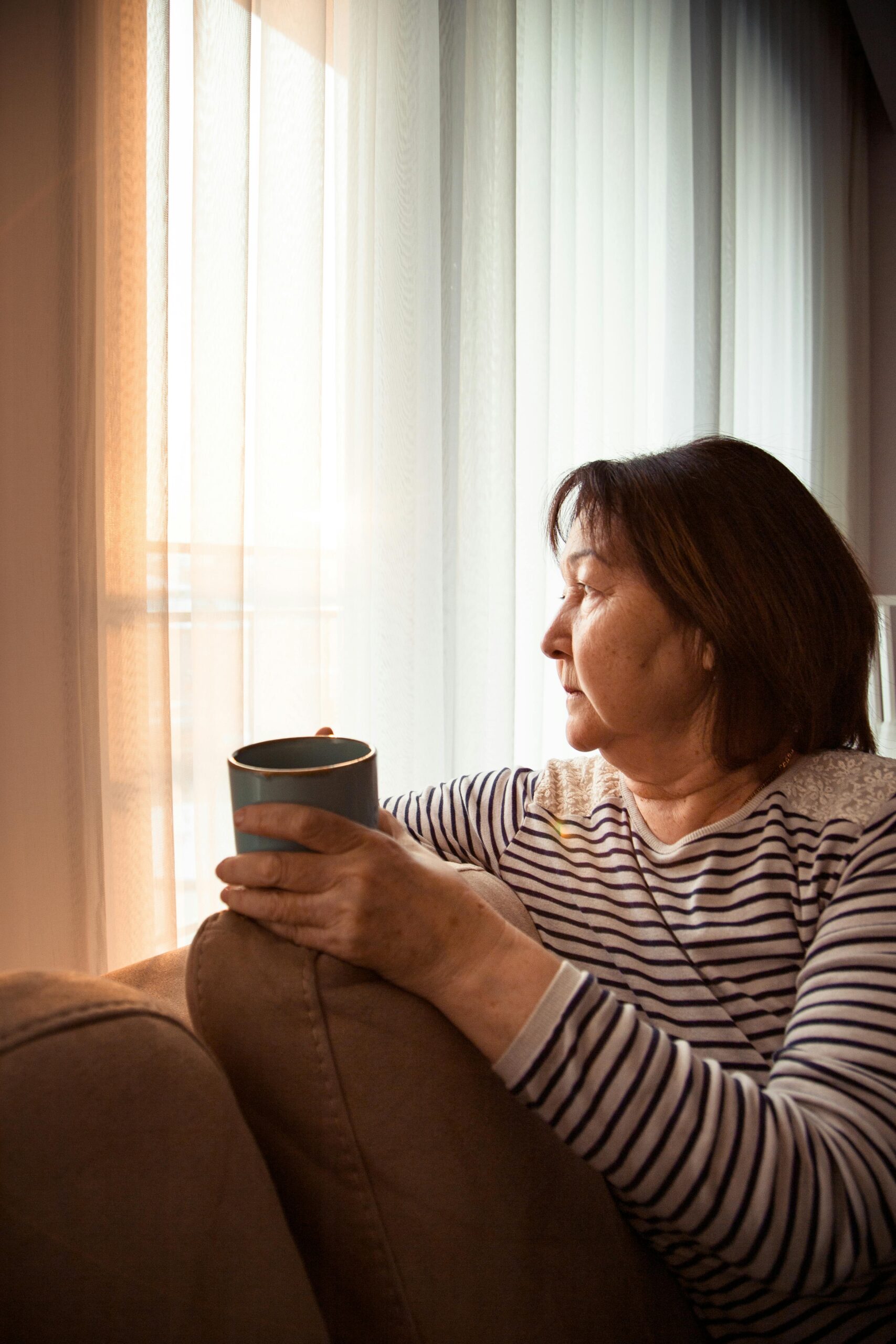Your Compassion, Their Comfort
Together, We Bring Hope
Join us in making a lasting impact on the lives of those facing life-limiting illnesses. Your support helps provide essential care, comfort, and dignity to patients and their families during the most challenging times.
Let’s create a better tomorrow, together.
Compassionate Care for Those in Need
Caring Through Every Moment
At Penang Hospice Society, we provide vital palliative care, support, and comfort to patients and their families. Together, we can offer dignity and relief during the most challenging times. Learn more about our Hospice at Home Programme.


Giving Love, Providing Comfort
Caring for Lives with Compassion and Dignity
For over 33 years, Penang Hospice Society has provided compassionate care to patients with life-limiting illnesses. Serving over 14,000 patients we focus on comfort, dignity, and support for both patients and their families during challenging times.
How We Are Funded
The Penang Hospice Society is a charitable organisation. We rely heavily on public donations, corporate partnerships, and grants to help keep our services running. Your support makes a significant difference in the lives of those we provide care for.

Support Compassionate Care
Your donation helps provide vital palliative care, pain relief, and emotional support to patients facing life-limiting illneses. Together, we can bring comfort and dignity to those in need.
Every contribution makes a difference.
For Online Banking
PENANG HOSPICE SOCIETY
CIMB BANK
8003864144
For eWallet Banking
Please scan this QR Code.

Once completed, please send the transaction slip to donations@penanghospice.org.my or
WhatsApp (+60)16-250 4140.
Donation
Support the care and comfort of those in need today.


RM50.00
Provide Pain Relief Medication
Your contribution will help cover the cost of essential pain relief medication for patients in need of palliative care, ensuring they remain comfortable and free from distress.
Due by 31 December 2024

RM25.00
Support Home Nursing Care Visits
Help fund professional in-home nursing visits for patients, offering them compassionate care and support in the comfort of their homes.
Due by 31 December 2024

RM50.00
Provide Medical Equipment
Ensure patients have access to necessary medical equipment like wheelchairs, hospital beds, and oxygen tanks to improve their quality of life.
Due by 31 December 2024
Our Blog

Walk for Compassion: Supporting Palliative Care
The Course pour la Compassion brings together families, companies, volunteers, and Residence employees in a friendly competition to raise funds ..
31 December 2024

Light Up Lives: Charity Gala for Hospice Care
Light up a Life is an occasion to remember and celebrate the lives of someone who is no longer with us, but in our thoughts. Each light symbolises …
31 December 2024

Hospice Awareness Week: Spreading Compassion
Ensure patients have access to necessary medical equipment like wheelchairs, hospital beds, and oxygen tanks to improve their quality of life.
31 December 2024
Donation

Our Partners







What Our Community Says
Voices of Gratitude
Penang Hospice has touched many lives. Hear from patients, families, and volunteers who’ve experienced our care and support. Their stories show the real difference your help makes in providing comfort and dignity.
We're Here To Help and listen
Have any questions or need assistance? Whether you’re seeking support for a loved one, looking to volunteer, or wanting to contribute, we’re here for you.
Reach out to us, and we’ll respond as soon as possible. Let’s work together to provide the care and comfort our community deserves.

Get Daily Updates
We Should Charity Foundation
Education Help
Medical Support
Healthy Food

Empowering Through Knowledge
Educational Resources
Providing essential learning tools for families in need, empowering them with knowledge and skills.
Workshops & Training
Offering practical workshops and training to caregivers and volunteers, ensuring quality care for patients.
Comprehensive Medical Care
Palliative Care
Delivering specialized care to manage pain and provide comfort for patients with life-limiting illnesses.
Home Visits
Regular visits by healthcare teams to ensure continuous support for patients and their families.
Nutrition for Wellness
Nutritious Meals
Supplying healthy, balanced meals to patients, ensuring their nutritional needs are met during care.
Food Distribution
Delivering essential food supplies to families in need, helping them stay nourished through challenging times.
